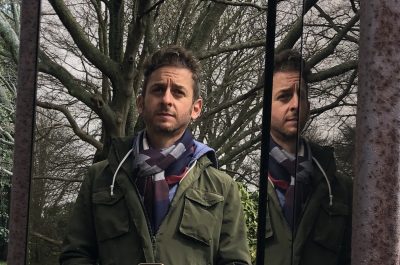“Minted” Director Nicholas Bruckman on Spending Two Years Following Digital Artists Through NFT Heaven & Hell
Nicholas Bruckman has built a distinctive career that bridges documentary filmmaking with commercial storytelling, following his instincts and his passions on projects big and small. The New York-based director has participated in prestigious labs, including the Rotterdam Producers Lab and the IFP Cannes Producers Fellowship, and the Sloan Foundation, Cinereach, and other notable organizations support his work. Through his company People’s Television, he regularly produces branded films for major clients including Airbnb, Greenpeace, Meta, and Dropbox, having shot in over 25 countries worldwide.
Bruckman’s feature documentaries tackle complex social and cultural movements with nuance and empathy. His previous film, Not Going Quietly, followed activist Adi Barkan’s fight for healthcare reform in 2018 during his battle with ALS. Now, with Minted, which premiered at the Tribeca Film Festival, was broadcast on PBS’s Independent Lens, and is now streaming on Netflix, Bruckman turns his lens to the NFT phenomenon, exploring how digital artists navigated the crypto art boom and bust, and what the NFT market, and the artists, buyers and sellers who created it, are signaling about the broader art world.
Bruckman reveals how he tracked the rise, fall, and potential lasting legacy of NFTs through interviews with the artists themselves, with an eye toward how the “weird” world of Non-Fungible Tokens has lessons for the skeptics and naysayers.
Considering you balance both passion projects and client-based work, how do you decide what you’re going to focus on when you tackle a new doc?
All my films—feature documentaries, narratives, and short-form brand work—have always been shaped by responses to things facing us as a society. It’s tempting to follow the news cycle. “Everyone’s talking about the environment today,” or “Everyone’s talking about Ukraine, so we should double down on that story.” But by the time you finish your film, maybe that’s not the topic of the day anymore. I learned this with Not Going Quietly. We wanted to release it by the 2020 election, as it centers on the 2018 midterms, when Adi Barkan helped flip control to the Democrats. We said, “We have to get this out before the election.”
But that didn’t happen.
We almost did—the film got into Tribeca 2020, but then everything was canceled due to COVID. Luckily, we kept working and realized events from that year were more important and universal to the story. It became more personal and ultimately more timely because the film is about healthcare, which became crucial during the pandemic. Barbara Koppel, who made the Oscar-winning Harlan County USA, told me: “I thought I needed to get my film out before the next miners’ strike. I was rushing, rushing, rushing. Then it took me years, and thank God it did because people are still talking about that movie today.” Great films last forever.
How do you balance what you’re passionate about with client demands?
I came to filmmaking from an activist background. I grew up in New York and was filming on 9/11 as a teenage filmmaker. I became involved in anti-Iraq war protests and felt disheartened when Bush was reelected in 2004 despite the war’s atrocities. I realized filmmaking was a medium for advocacy and social change. Roger Ebert said film is an empathy machine—you can walk in somebody else’s shoes. That’s needed more than ever. The more divided our world becomes, the more we need this format to bridge gaps in ways social media clips can’t.
How does that viewpoint shape your process?
I’m interested in telling the stories of people who are less likely to be seen on screen—whether they’re doing extraordinary things or facing extraordinary challenges, like Adi Barkan. But not every film is about progressive activists. Minuted is about NFTs, which surprised people because the crypto world is so different from my issue-driven films. But I thought it had similar inspirational characters, like Beeple, the artist who sold his $69 million NFT. He’s an iconoclast like Adi—someone whose shoes you’d want to walk in. The idea of bringing people together and forming deep connections between people who might never meet transcends partisanship. We need that now more than ever.

Even though you wisely don’t try to time your work to the newscycle, were you ever concerned that NFTs would be less relevant by the time Minted premiered?
We had the same question: “Who cares about NFTs? We have to get this out while NFTs are hot.” But, the NFT market crashed, and that became key to the story. After incredible highs when NFTs were worth millions, the crash became important, with parallels to other market crashes, from tulip mania to stock market crashes. Now, with recent political changes, the crypto market is booming again. These things come in unpredictable waves. Telling the best story is most important.
Walk me through the production process on the film.
We began shooting in 2021 during the huge crypto boom when everyone was at home trading GameStop and NFTs and Bored Ape pictures worth millions. What wasn’t being reported was that artists doing interesting work—Beeple and others we profile worldwide, such as Justin Aversano, Latasha, Karina, and Kina Matahari in Cuba—were using crypto art and tokenizing their artwork onto the blockchain for extraordinary purposes. First, to create financial stability for the first time. In Karina’s case, to escape censorship in Cuba. In Justin’s case, to collect royalties on artwork, addressing this fundamental flaw where artists never collect secondary royalties.
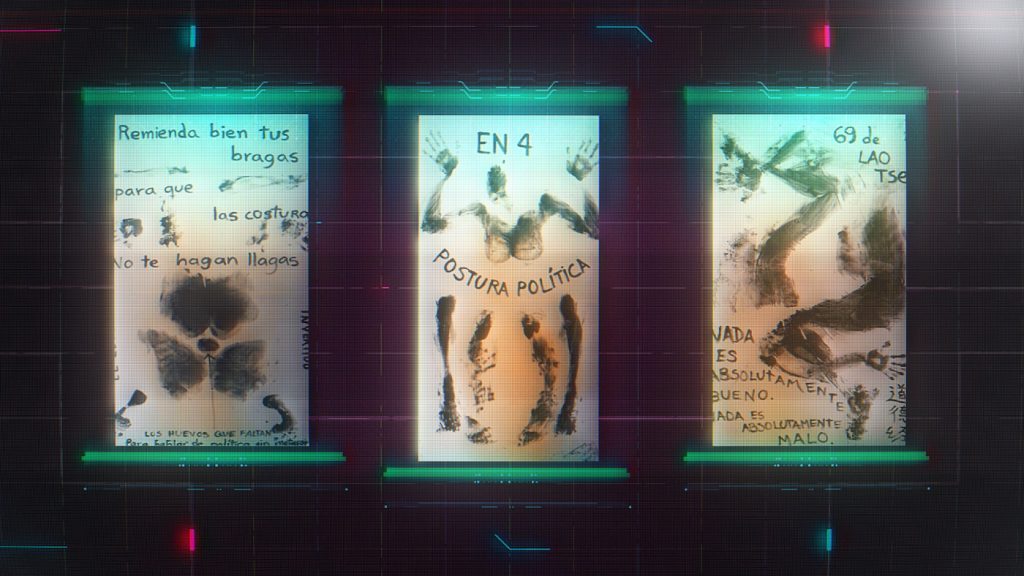
Which was definitely not the overarching way NFTs were or still are being discussed.
There was this counter-narrative to the speculative mania that was really changing lives. We had no idea where the story was going—we were just watching their lives change overnight. We shot until 2023. The film follows the seasons of this market. Because it has many characters and threads, we use a two-year chronology, beginning with Beeple selling his $69 million piece and ending with the last scene, two years later, when he hosts a huge party celebrating both the rise and fall of this movement. Even though the NFT market declined, the NFT journey created mainstream digital art. Beeple is having digital art parties at MoMA, and Justin’s artworks are collected for millions, alongside history’s highest-selling photographers. It was a movement that changed the perception of digital art, even if most awareness centers on controversial aspects, such as generative Bored Ape pictures.
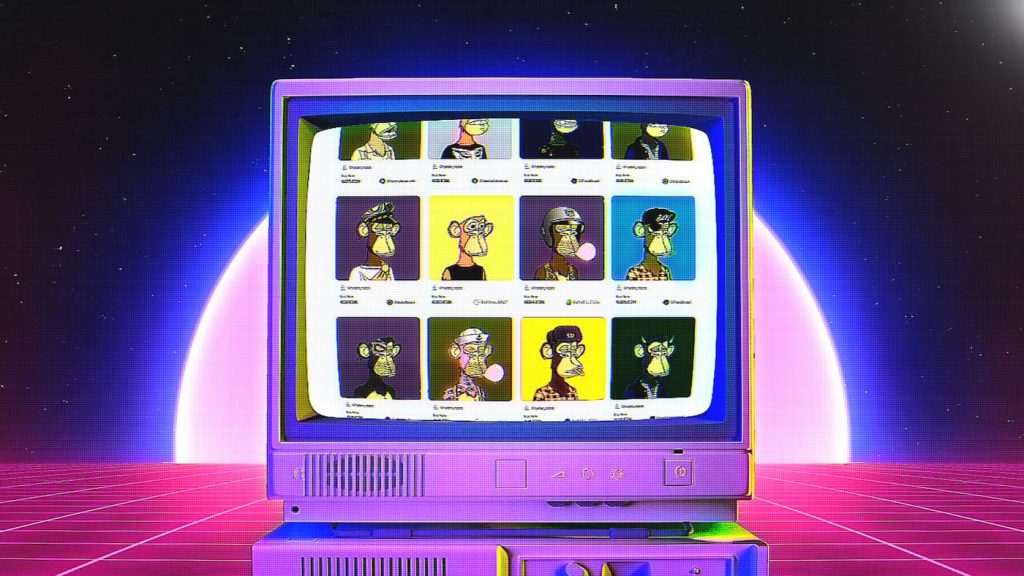
Your approach was straightforward, too—you’re not proselytizing for NFTs, but you’re certainly not poo pooing them, either.
The film doesn’t take a value position on whether NFTs are good or bad, but shows that artists lead the way with new technologies to find stability. They create paths for other creators, innovators, scientists, and educators.
I’m curious about your thoughts on AI and what it means for creators.
It’s as transformative as people anticipate. It’s essential for artists to be involved—not just using it, but also helping to frame the conversation and regulation surrounding it. Like NFTs, there are amazing pros: it’ll democratize and create accessibility for VFX shots that would have cost ten times more, bringing incredible visions to life for people with great stories. It’ll also lead to rapid transformation, job loss, and maybe devaluation of certain crafts. But, I don’t think it’ll fundamentally replace storytellers and great stories, though it will greatly augment them.
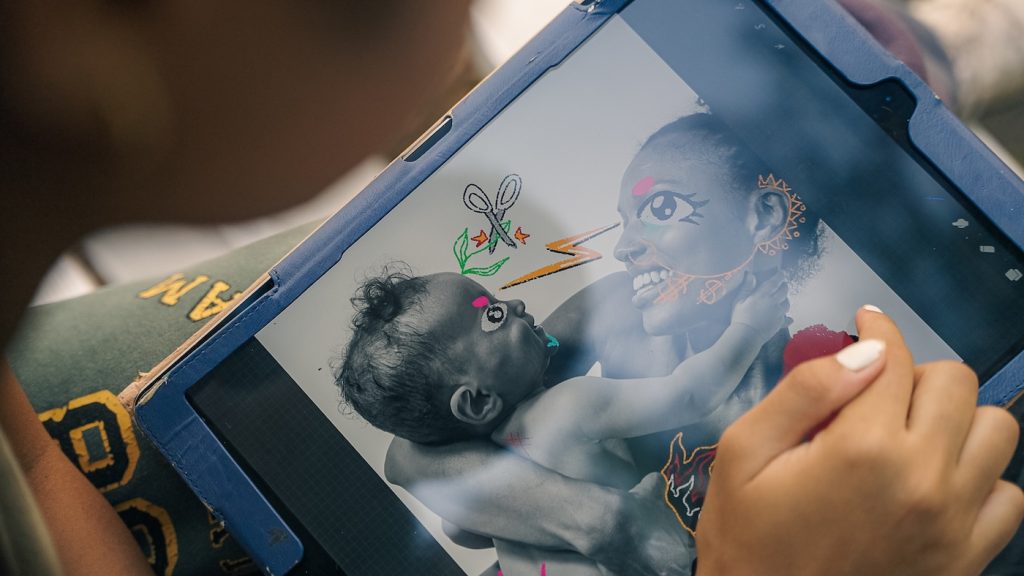
What would your advice to filmmakers be?
My advice to filmmakers: start using it and don’t be afraid or hostile. That said, regulation is likely needed to protect artists, although I am uncertain about what the future holds. It’s understandable for people to be scared. Minted shows it’s up to artists to shape how technology is used for good or bad. Artists must lead and show positive use cases that make the world better. I hope that happens with AI.
Minted is available on Netflix and, via Grasshopper Film, on digital VOD platforms like Apple TV and Amazon Prime.
Featured image: Featured image: Brooklyn native and current resident of Los Angeles Latashá Alcindor is a hip-hop artist who has ventured into the NFT world by offering her music and music videos for sale on the blockchain, selling for thousands of dollars. Inspired by classic MTV, Latashá strives to redefine the music video as a distinct art form.

